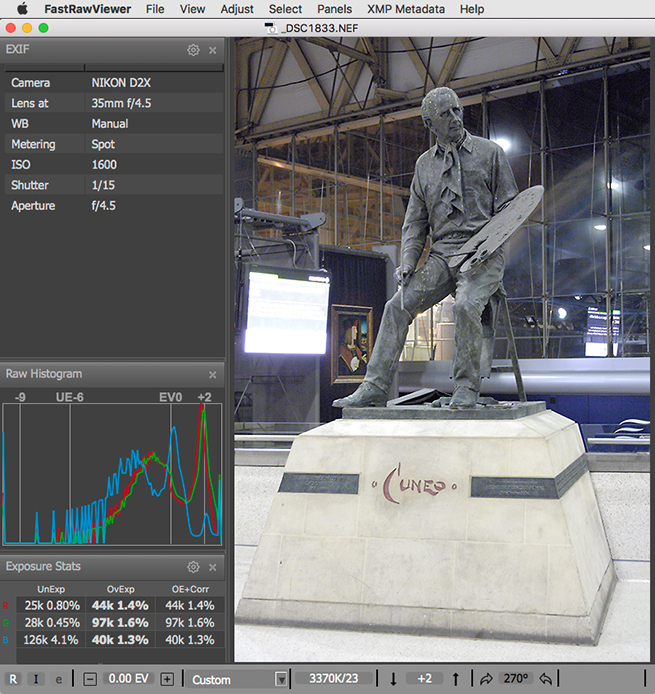
It’s commonly known that when you shoot raw, you can recover highlights that were clipped in the JPEG provided by the camera, thus extending your dynamic range. What does this mean? Let’s get into the concept of highlight “headroom”. However, you may not be aware of the fact that instead of correcting an image that starts out white for daylight, most cameras start with an image that is extremely green, with the red and blue channels one to two stops darker when exposed to white light.

Many of you may be familiar with white balance correction: adjusting a setting in your editing program in order to ensure that whites stay white.

In this article I will go into why this is and how you can change how you shoot in order to optimize your image quality. By scaring the user into underexposing, the camera gathers less image data relative to the noise, reducing your achievable image quality. In this situation, the camera’s sensor is almost certainly not clipping the data for the red channel. While I’m sure Bill is aware of proper technique now, it remains a fact that cameras continue to mislead their users. He says he based this on the RGB histogram provided by the camera.

On this old page, Bill Claff, a generally trustworthy source of objective data nowadays, notes that with this extremely intense red, he needed to underexpose (read: use -2 stops of exposure compensation) this image of a flower by two stops in order to properly capture its color. I’ve seen repeated many times on the internet that “reds are difficult to capture on digital” and I’d like to dispel that notion. The myth of digital reds and the concept of highlight headroom


 0 kommentar(er)
0 kommentar(er)
